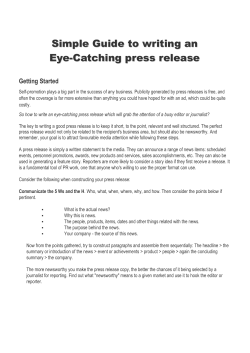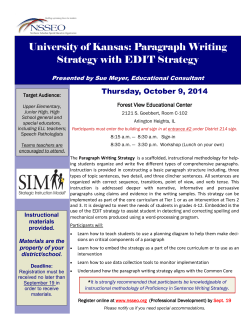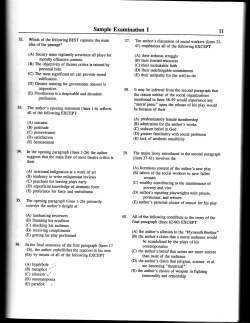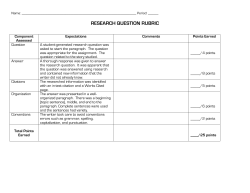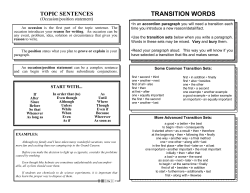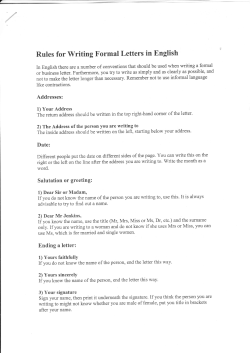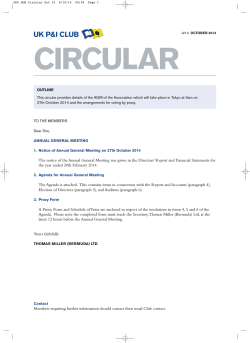
Texas CDA Convention ~ Public Relations Workshop –and
Texas CDA Convention ~ Public Relations Workshop How to Write a News Release–and Where to Send It Regardless of how you deliver your message, make sure it is easy to read and edit. Releases that do not immediately capture an editor's attention will be filed in the office wastebasket or computers recycle bin. Today it is acceptable to send releases either by mail, fax, or e-mail, depending on your local media and diocese guidelines. Busy editors don't have time to sort through irrelevant copy and cut it down to the main points, so write clearly, crisply, using only important, relevant information. Use simple English. Short sentences. Short paragraphs. Include all necessary facts and information. Announce your news with Who, What, When, Why and Where. News/ Press Release Format By definition a press release is simply a statement prepared for distribution to the media. The purpose of a press release is to give journalists information that is useful, accurate and interesting. A press release is written in third person, and seeks to demonstrate to an editor newsworthiness of a particular person, event, or the service of your court: 1. 2. 3. 4. 5. Type on plain white paper 8½ x 11 in Use a headline Allow a one-inch margin on all sides Double-space copy to make it easy to read and edit. Keep your release to one page if at all possible. If two pages are needed, add a "see over" notation in the lower right-hand corner of the release and either print two separate pages, or print on the back side of the release. 6. Contact Information: In the upper left-hand corner of your press release body copy, type your name (as person to contact for additional info) and how you want to receive contact (by phone, fax or e-mail). 7. On the right, across from the contact information, indicate your preferred release information; FOR RELEASE ON (indicate date), FOR IMMEDIATE RELEASE, or FOR USE AT WILL Headline Tips Your heading should be in CAPS about an inch below the contact info; centered and in bold. Write a heading designed to appeal to your community and capture the editor’s attention. The title of the press release should be short and snappy, and hopefully grabbing the attention of the journalist and impressing them enough to read on. The heading of the press release should capture the journalist’s attention. Body Copy Guidelines Tailor the body in your release after the following example, which illustrates the five W's of journalism: WHO is the service being done for? WHAT will be presented/ done in service by your court? WHERE is the event being done? WHEN - at what time is it being held; include the time the event is to conclude if possible. WHY is the event being held? The body of the press release begins with the date and city for which the press release is originated. The body of the press release is very basic using the five W’s identifying your action plan. The first paragraph of the press release should contain in brief detail what the press release is about. The second paragraph explains, in detail: who cares; why you should care; where one can find it; when it will happen. Also, included in the second 'informative' paragraph is generally a quote that gives the release a personal touch. Touchy-feelies go a long way with journalists. Press releases and news stories are boring to journalists without a 'human interest'. The third and generally final paragraph is a summation of the release and further information on your company with the company contact information clearly spelled out. 1. Since editors usually cut copy from the bottom up if a release is too long, place the most important information at the top. 2. Never begin a press release with your name, such as "Nancy Jones announces . . . ." Rather, focus on the event, service you're trying to promote. Closing Paragraph The last paragraph should be "short and sweet" focusing on what you want people to do, such as: visit, attend, volunteer, support, etc. This closing paragraph is a summation of the release and further information on your court activity should be clearly spelled out. To indicate that you have come to the end of your release, type …END... and center it. A Press Release is often used to introduce a follow-up Feature Story. Reporters are more likely to consider a story idea if they first receive a release. It is a fundamental tool of PR work, one that anyone who's willing to use the proper format be successful with. Sending your Release Establish a working relationship that states to the editor; “I appreciate you and your papers support”. An attitude of gratitude may keep your coverage a priority with the editor. Know the contacts DEADLINE for submission, name, phone, and email; maintain updated information to ensure continued coverage.
© Copyright 2025

